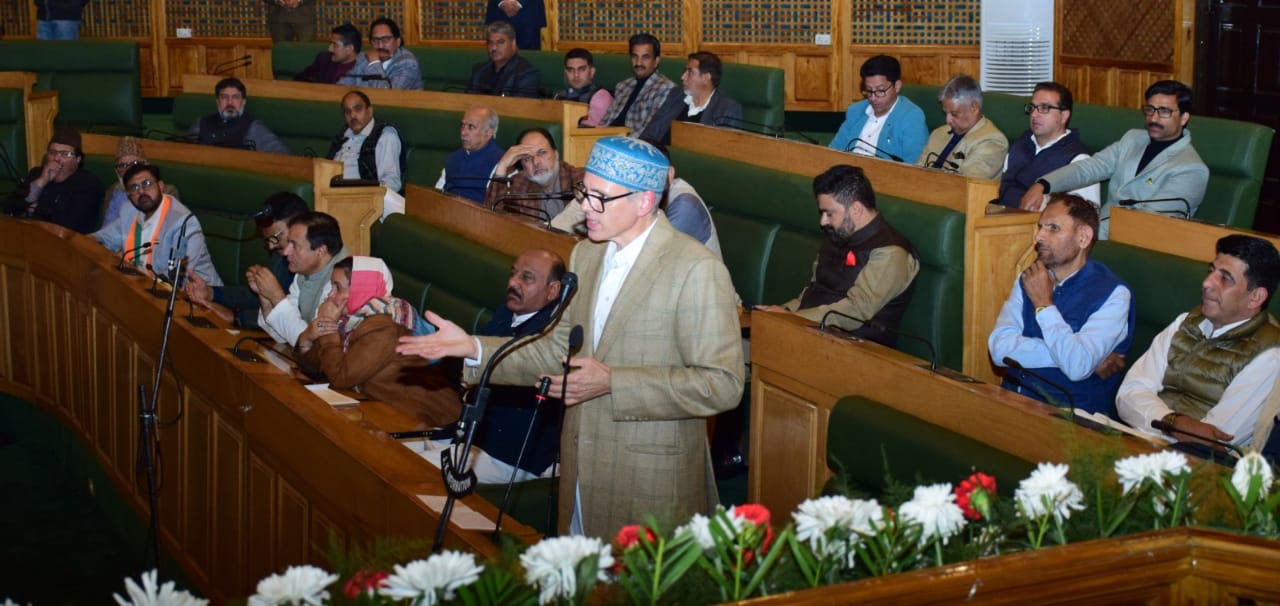The density of tigers in the Manas National Park, Assam, has increased three-times following a period of armed conflict in the Bodoland Territorial Region (BTR), according to a scientific publication prepared by a biodiversity conservation organisation, Aranyak. This is the result of enhanced conservation efforts in the national park.
Over the last few years, the conservation efforts and actions have been intensified in the part, with a significant increase in funds, improvement in protection infrastructure, and development of teams with experts and more staff. These steps helped create a targeted impact and improved tiger population. Moreover, revenue from the tourism activities also supported the administration in implementing various strategies.
Key highlights
- The tiger population in the Manas National Park was eight in 2011, which increased to 44 in 2019.
- The density, which is represented as the number of adults per hundred square kilometre, increased from 1.06 in 2011-12 to 3.64 in 2018-19.
Tiger Conservation Initiatives in India
India has been making strategic efforts to protect tigers and ensure a conducive environment for them to grow.
- Project Tiger: India started an ambitious initiative ‘Project Tiger’ in 1973 with the aim to ensure their survival and support their population growth in their natural habitat.
- To achieve this objective, dedicated Tiger Reserves were created. Initially, there were only nine reserves, and the need for more such reserves was felt. As a result of efforts and actions, the number of reserves increased tremendously and reached 55 by 2018. They collectively cover a total of 2.38% of the nation’s area.
- This project was a huge success, making India a land of three quarters of the tiger population across the globe.
- However, in 2023, the Ministry of Environment merged Project Tiger and Project Elephant and created Project Tiger and Elephant (PTE).
- Wildlife Protection Act, 1972: This act also promoted specific measures to protect and increase the tiger population. It launched the idea of building Critical Tiger Habitats (CTH) and establishing the National Tiger Conservation Authority (NTCA). These initiatives further strengthened the tiger conservation efforts.
- Tiger Task Force: In 2005, the government formed the Tiger Task Force to reassess the efforts and strategies towards tiger conservation. It suggested finding alternatives to reduce dependency on weapons, guards, and fences.
About Tiger
- Tigers are found in different kinds of habitats, including tropical rainforests, evergreen forests, grassland, temperate forests, savannas, and others.
- They are primarily found in 13 countries, including India, Nepal, Russia, China, Bhutan, and Malaysia.
- The major threats to tigers are habitat loss, illegal poaching, and human-wildlife conflict.
- IUCN Status: Endangered
About Manas National Park
- It is a major national park, located in Assam.
- It is a World Heritage Site as identified by UNESCO.
- The park derives its name from the Manas River flowing through it.
- It is primarily known for rhinos, tigers, and elephants.











